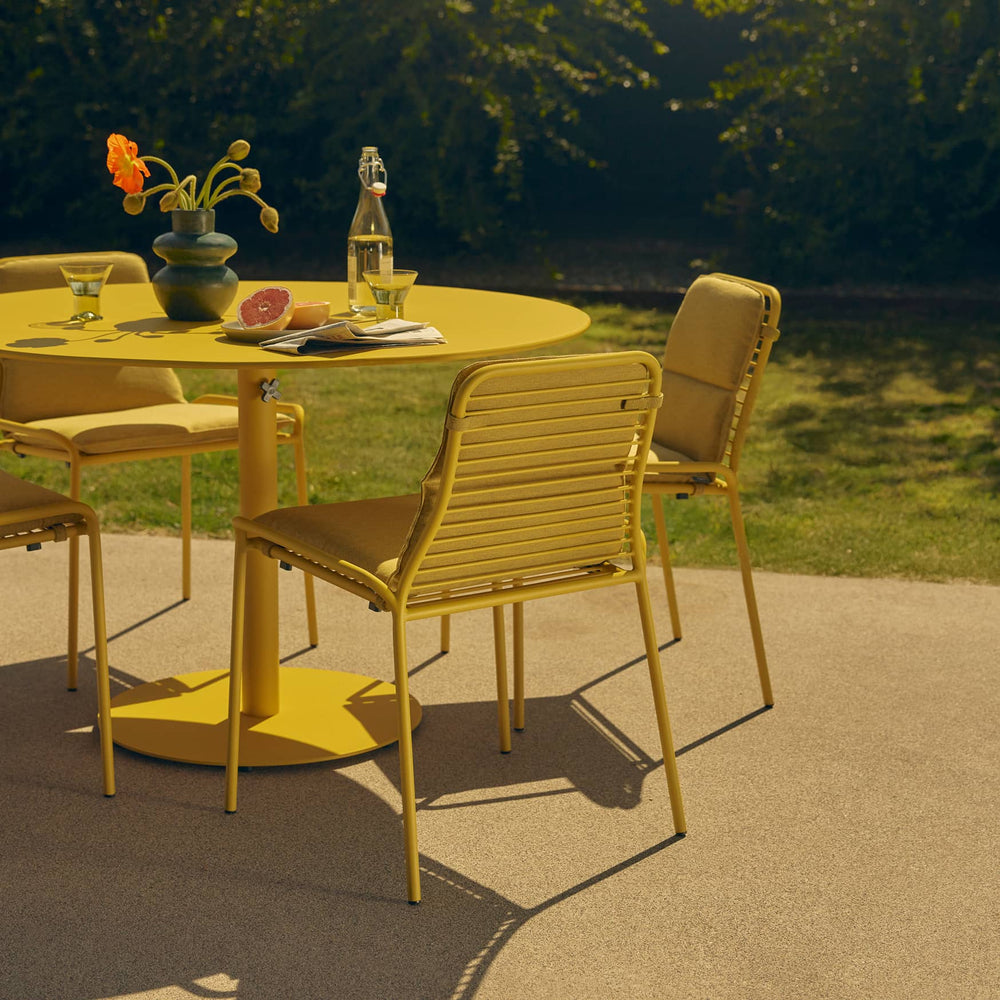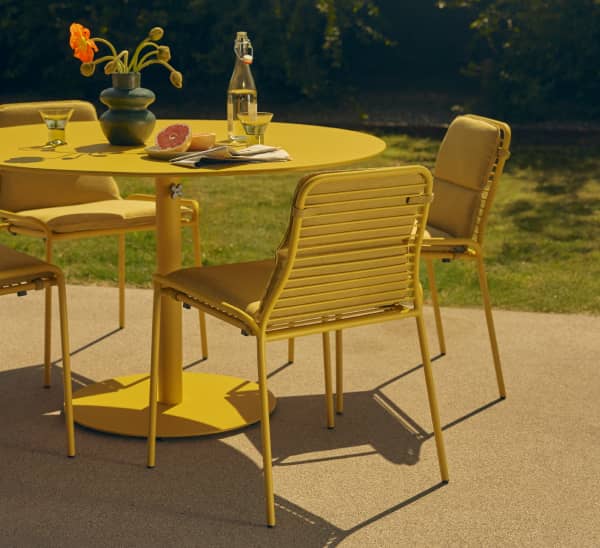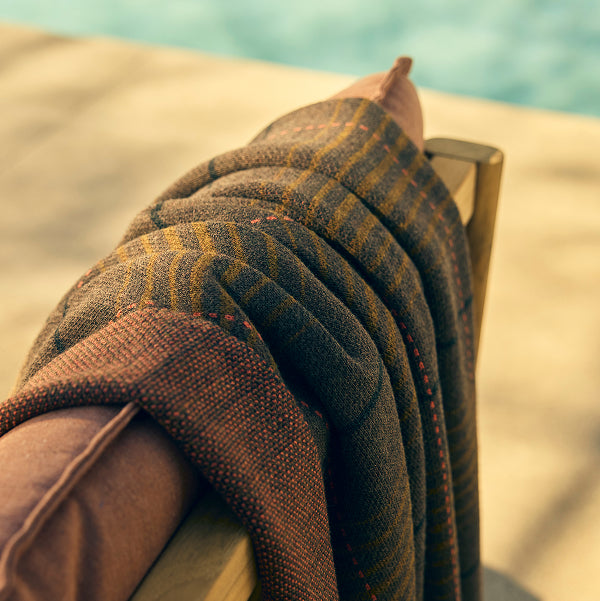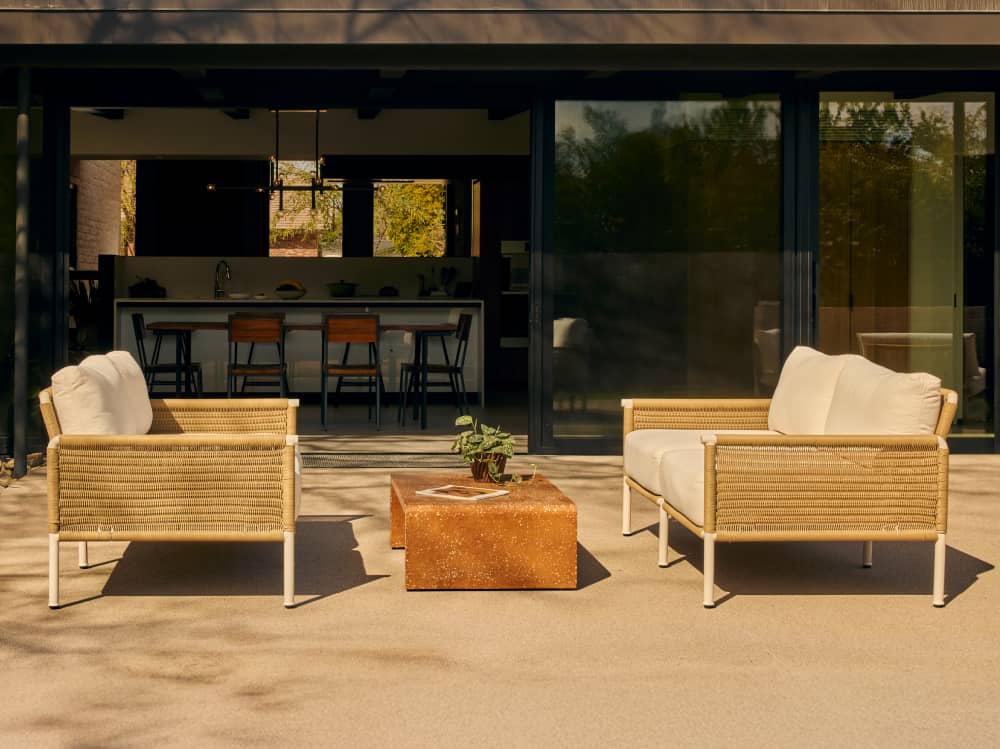Wood burning vs. propane fire pits; which is better for the planet?
Written by Neighbor Editorial Team | @neighboroutdoor | Opens in a new window. |
Sitting around a fire is a central experience for outdoor enthusiasts and a fire pit is a great investment for your outdoor space. If you love cozy nights with the perfect ambiance and amount of warmth, here’s how to choose the right fire accessory and fuel source for your yard.

Sitting around a fire is a central experience for outdoor enthusiasts and a fire pit table is a great investment for your outdoor space. If you love cozy nights with the perfect ambiance and amount of warmth, here’s how to choose the right fire accessory and fuel source for your yard.

Types of at-home fire pits
Beyond traditional bonfires, there are lots of options to choose from if you want to enjoy a fire in the comfort of your own backyard. A popular option is a smokeless fire pit like a Solo Stove, which eliminates some of the fire’s smoke and ash. A gas or propane fire pit like our Rook Fire Table is a more flexible option because it’s easy to use and simple to light and turn off.

Comparing fuel sources
When comparing fire pits and propane heaters in terms of their environmental impact, there are several factors to consider. Both options have pros and cons, and the "better" choice may depend on specific circumstances and how they are used.
Propane and gas fire pits burn cleaner than wood, with little to no smoke or sparks. They can be more energy-efficient because they provide direct radiant heat without the need for a warm-up period. They are safer for guests seated around and are a better choice for areas with air quality concerns. Gas fireplaces also require no effort to maintain. They produce no soot, ash, or creosote, so no messy cleanup or sweeping is necessary.
For wood burning fire pits, choosing sustainable, locally sourced firewood or using wood scraps and prunings from yard maintenance can reduce the environmental impact. Wood fuel pellets are another eco-friendly option because they produce low smoke and very little ash for a more enjoyable high-heat burn.
Safety first
With any kind of fire, local regulations and safety concerns should be a top priority. Choose a well-constructed, sturdy fire pit and place the fire pit on a level, non-combustible surface, such as concrete or pavers. Give your firepit a space from structures, overhanging trees, and flammable materials and don’t burn treated wood, painted wood, or other materials that can release toxic fumes when burned.
Ultimately, the choice between a wood burning fire pit and gas or propane firepit comes down to personal preference, local regulations, and the availability of sustainable fuel sources. If ease of use, low maintenance, and safety are your top priorities, a well-designed gas or propane fire pit is an efficient choice for your outdoor space.





































































































